Fight to save our devils from extinction hinges on new vaccine
Efforts to protect Tasmanian devils from the deadly facial tumour disease that has already wiped out half the known population have researchers hoping the latest vaccine trial succeeds
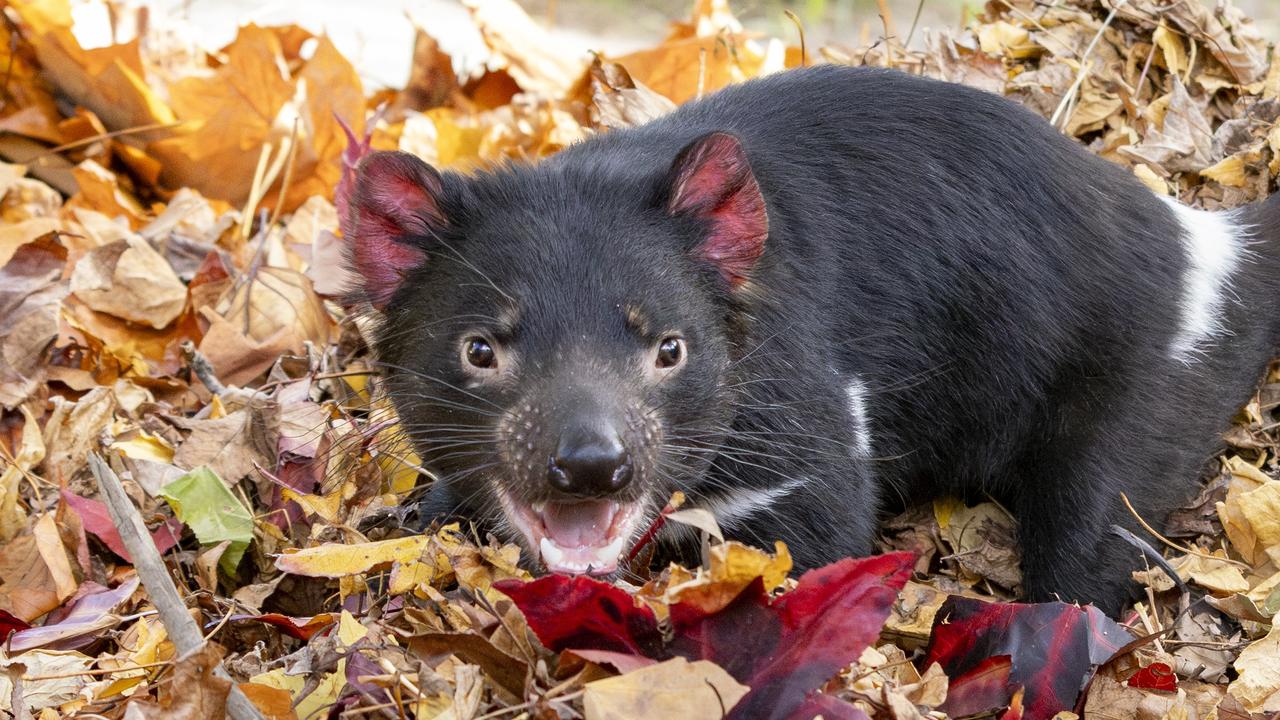
READING LEVEL: GREEN
A new vaccine could be rolled out to prevent Tasmanian devils from getting Devil Facial Tumour Disease (DFTD).
Scientists from the Menzies Institute for Medical Research said they were working on a bait vaccine that, if successful, could help protect the marsupials from the deadly disease in as little as four years.
Devil Facial Tumour Disease is a parasitic cancer that causes tumours to grow on the face of Tassie devils. The tumours get in the way of feeding, sadly causing the animals to starve to death. The Menzies Institute estimates the number of Tassie devils across Tasmania has declined by about 50 per cent due to the disease, with populations affected in 65 per cent of the state.
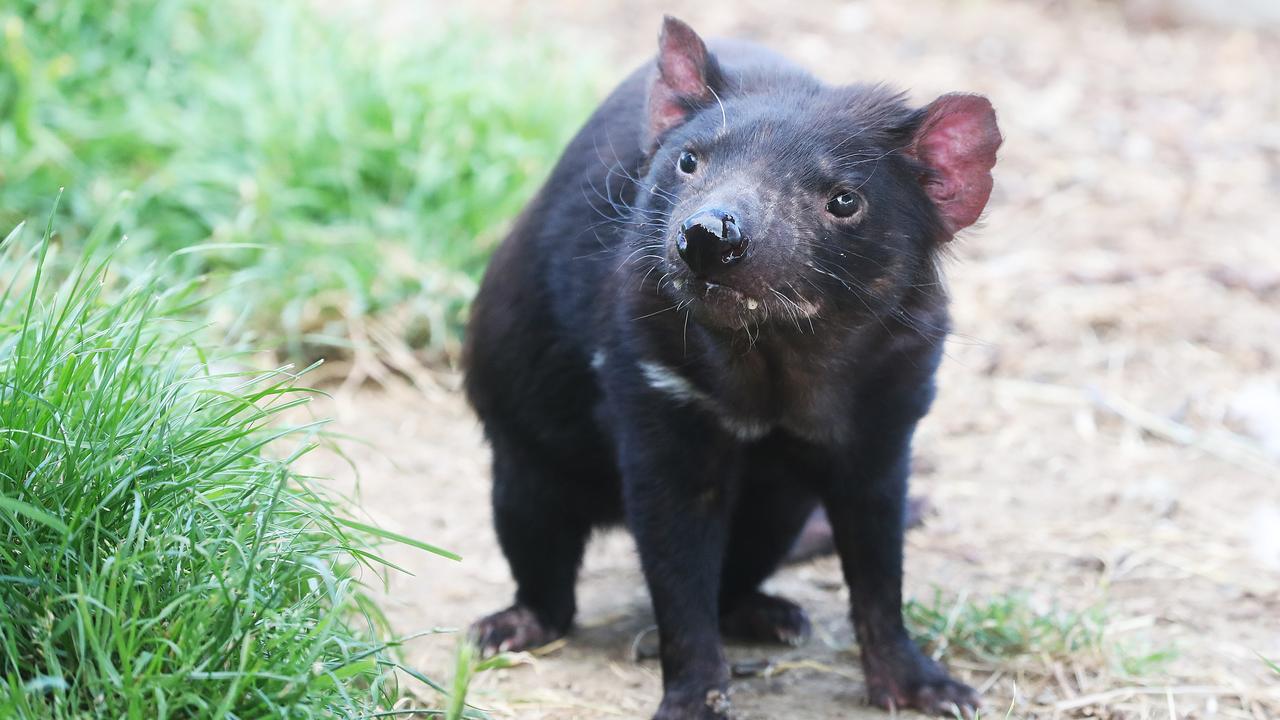
Researchers said the newly created vaccine would be given in bait that the Tassie devils would eat. It is hoped the vaccine would then protect the devils from getting DFTD.
The research was made possible by grant funding raised by the Save the Tasmanian Devil Appeal, which has this year awarded $320,000 across nine grants.
Immunologist and Menzies Institute Associate Professor Andrew Flies said his team received five grants for research into the facial tumour disease.
Assoc Prof Flies said they already had the first version of the vaccine ready to go but needed to make enough of it to test on 22 Tassie devils held in captivity.
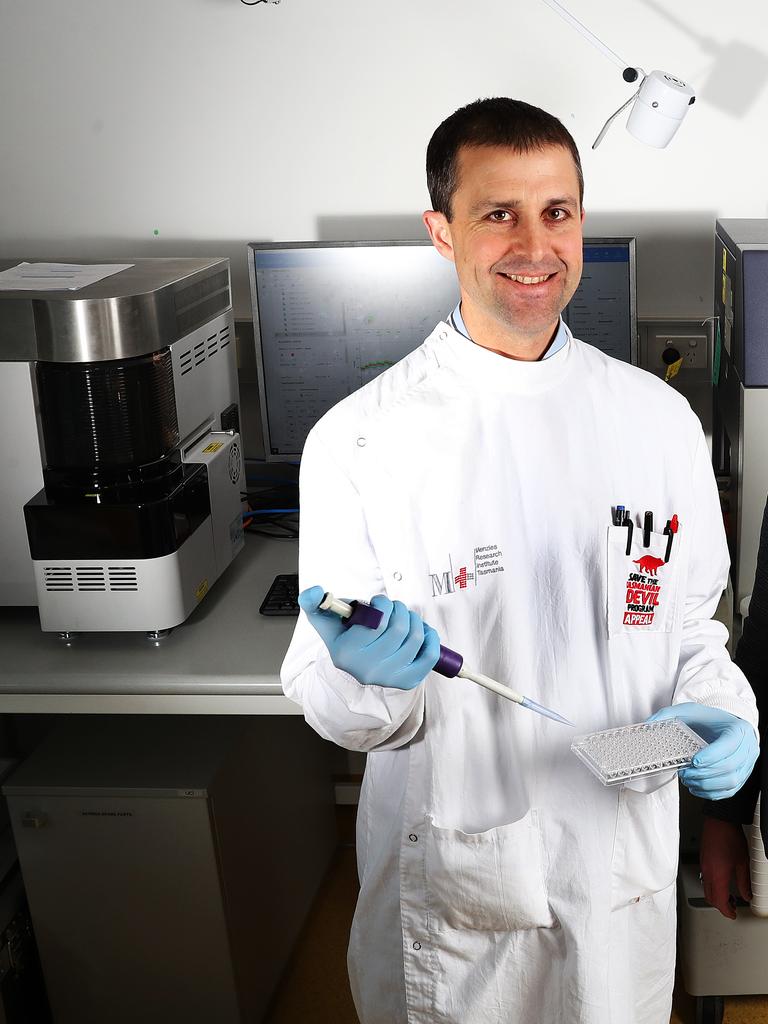
“Then we need the permits to do that,” Assoc Prof Flies said.
“The vaccine we’ve had in hand for about a year and a half … We’re hoping to be testing around October, we expect a few trials.”
He said if all went to plan a “field ready vaccine” – one that could be used to protect wild Tassie devils – could be closer than ever before.
“The earliest we would take something out to field is still three or four years away, depending on how things go,” he said.
“I can’t say with any certainty if it will work, but if it can be done, I think we’ll get it done.
“If it doesn’t, we’ll still learn a lot from it.”
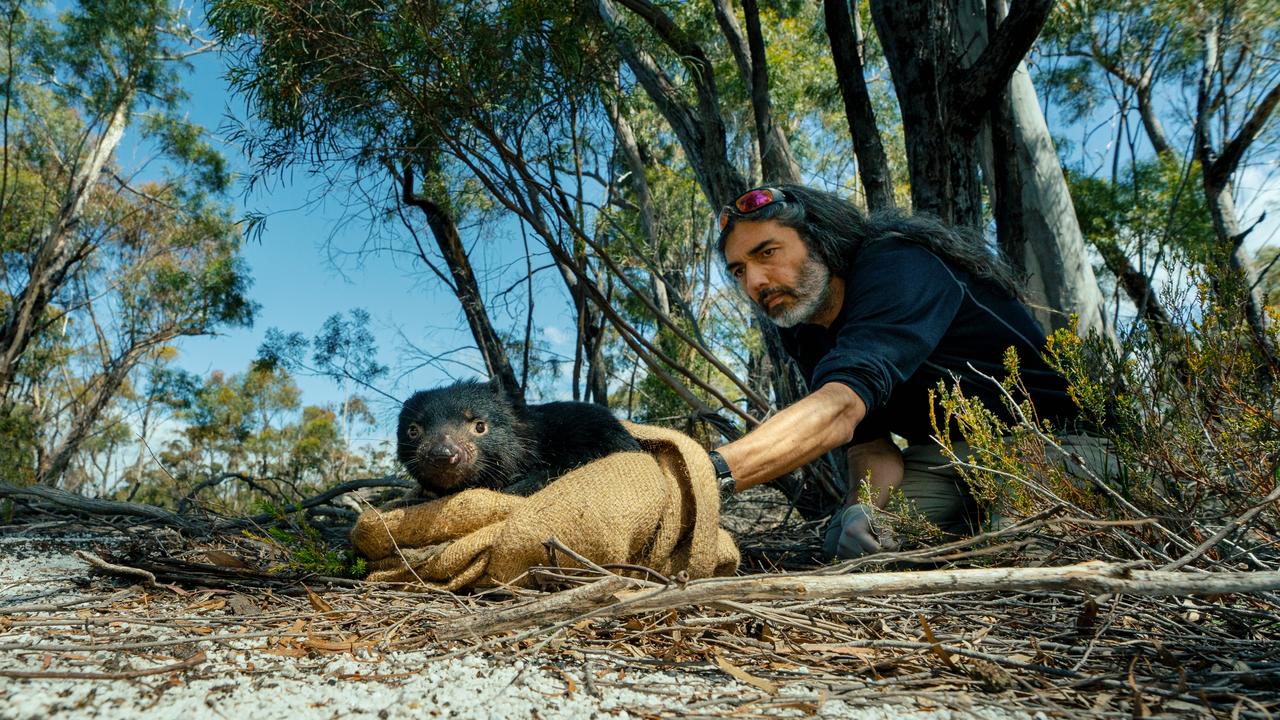
Assoc Prof Flies said research from previous vaccine trials was used to develop the latest version.
“A different type of vaccine was trialled eight to 10 years ago,” he said.
“That did not stop the devils getting tumours, but it could reduce tumour regression.”
He said the team would use the grant funding to do further research.
“We have another grant, we’d want to take (the research) to the field,” he said.
“The goal would be to prevent the tumour from forming in devils … that’s looking more in the future. The more trials we can do … (the) closer we get.”
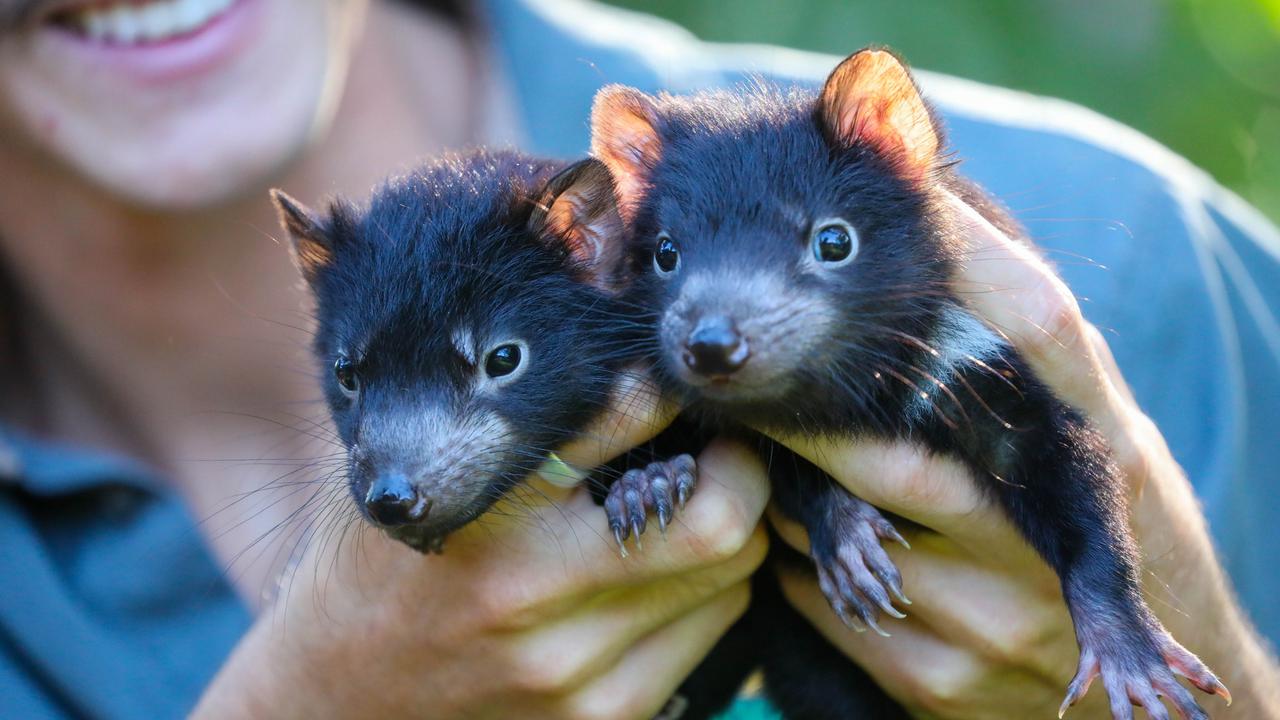
He said donations from the public were also being used to fund Tassie devil research.
“To the people who have donated from $1 to big donations: we try and make good use of it,” he said.
“We’ve got great support, we’re grateful for the opportunity to try and help devils.”
POLL
GLOSSARY
parasitic: cancer caused by a parasite, an organism that feeds off an animal or plant to survive
declined: gotten smaller
immunology: study of the immune system, the body’s defence against infection and disease
tumour regression: when a tumour gets smaller
EXTRA READING
Tassie devil fears threaten $1.6 billion wind farm build
Bath time for rescued Tassie devil
QUICK QUIZ
What is the name of the disease the vaccine will hopefully protect against?
How much of the Tasmanian devil population has been wiped out from this disease?
How will researchers give the vaccine to Tasmanian devils?
If trials are successful, how long could it be before wild devils are given the vaccine?
How did researchers afford to create and test the vaccine?
LISTEN TO THIS STORY
CLASSROOM ACTIVITIES
1. Tassie devil population
This disease affect Tassie devil populations in 65 per cent of Tasmania. Why do you think populations in 35 per cent of the state are not affected by the Devil Facial Tumour Disease?
State your top three reasons below;
1.
2.
3.
Currently there are thought to be 25,000 Tasmanian devils left in the wild. If 65 per cent of them are affected by the Devil Facial Tumour Disease, how many devils does that make?
Time: allow 20 minutes to complete this activity
Curriculum Links: English, Science, Mathematics, Critical and Creative Thinking
2. Extension
Tasmanian devils are carnivorous marsupials that feed on prey such as wombats, wallabies, sheep, and rabbits. With the decline of numbers due to the Devil Facial Tumour Disease, how would this affect the food chain?
Time: allow 10 minutes to complete this activity
Curriculum Links: English, Science, Personal and social, Critical and Creative Thinking
VCOP ACTIVITY
BAB it!
Show you have read and understood the article by writing three sentences using the connectives “because’’, “and”, and “but” (BAB). Your sentences can share different facts or opinions, or the same ones but written about in different ways.


